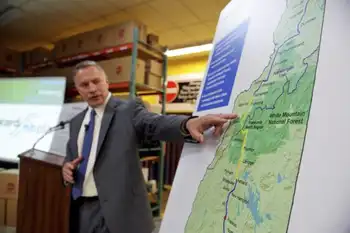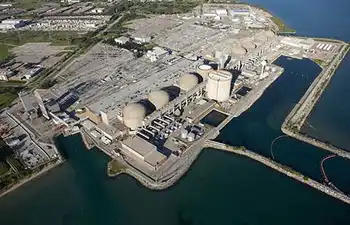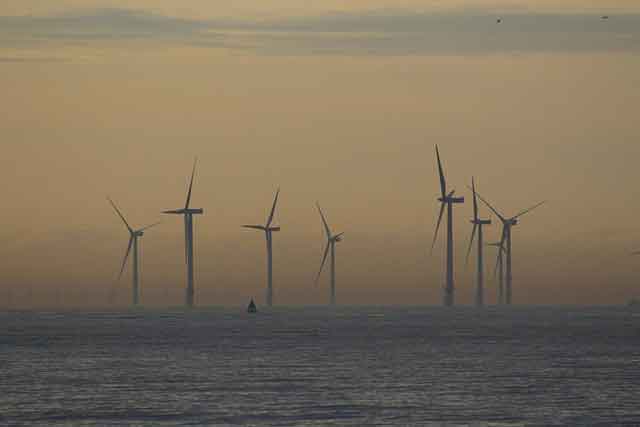27,000 solar panels yield enough energy for 500 homes
By Knight Ridder Tribune
NFPA 70e Training - Arc Flash
Our customized live online or in‑person group training can be delivered to your staff at your location.

- Live Online
- 6 hours Instructor-led
- Group Training Available
Basic training is on a former landfill site at Fort Carson. There, on a 12-acre site, are 27,000 solar panels doing more than just soaking up rays. The solar array can generate 3,200-megawatt hours annually, enough to power about 500 homes.
A red ribbon was cut to celebrate the Army going green, with the solar panels providing the juice for the acoustics.
"This project is the largest solar project on an Army base," said Erik Rothenberg, spokesman for 3 Phases Energy Services, part of the private/public collaboration. "It is the sixth-largest solar project in the United States, the 70th-largest in the world."
Fort Carson did not foot the project's $13 million bill.
The post leased out the land and locked in a flat utility rate to buy the power. Major players in the project include the Army, investment bankers, solar energy developers and power companies, such as Colorado Springs Utilities. The government kicked in tax credits.
"It's like a Rubik's Cube puzzle of projects," Rothenberg said. Gov. Bill Ritter gave the project a state renewable energy award.
"This is about a partnership," Ritter told the gathering of supporters who outnumbered the folding chairs. "That's the way we have to think about how we move the agenda forward as it relates to renewable energy." It's about security, he said -- economic, environmental and energy security.
The looming aboveground grid of black panels looks stunningly simple. The solar array is row after row of dark shiny panels, tilted like bleachers, on a dirt field where decades of construction debris is buried.
"The sun shines, then it produces electricity," Fort Carson utility programs manager Vince Guthrie said.
And when it's cloudy? "The power outlet is less." In terms of power on post, "It is approximate of 2.3 percent of Fort Carson's total load," Guthrie said. It is expected to save a halfmillion dollars over the next 20 years, he said, and will reduce greenhouse gases and reliance on other resources.
"It's not just about climate change, it's about culture change," Guthrie said. "It starts with a project like this."











